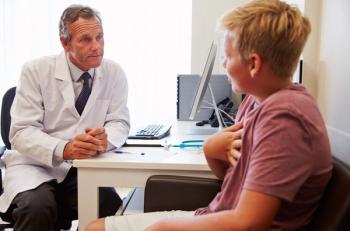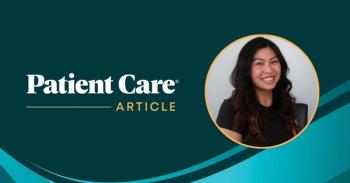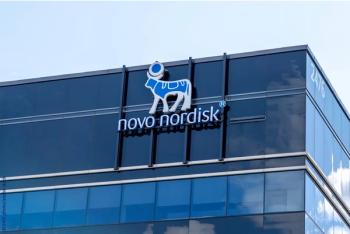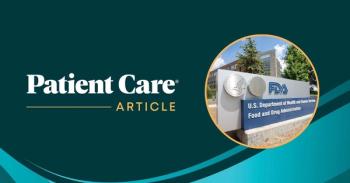
COVID-19 PCP Office Operations Checklist
Eliminate waiting room magazines; cross-train staff for all essential functions; reorganize waiting area to “contain” febrile patients. Check, check, check?
The American Academy of Family Physicians (AAFP) has created a comprehensive checklist to help physicians and staff prepare office locations and daily operations to accomodate the COVID-19 pandemic. You may have thought of everything on the list, but maybe not. Click through our summary of the document which is based on the AAFP assumption that: Transmission will be primarily through exposure to respriatory droplets and direct contact with patients and their contaminated environments.
Newsletter
Enhance your clinical practice with the Patient Care newsletter, offering the latest evidence-based guidelines, diagnostic insights, and treatment strategies for primary care physicians.

















































































































































































































































































